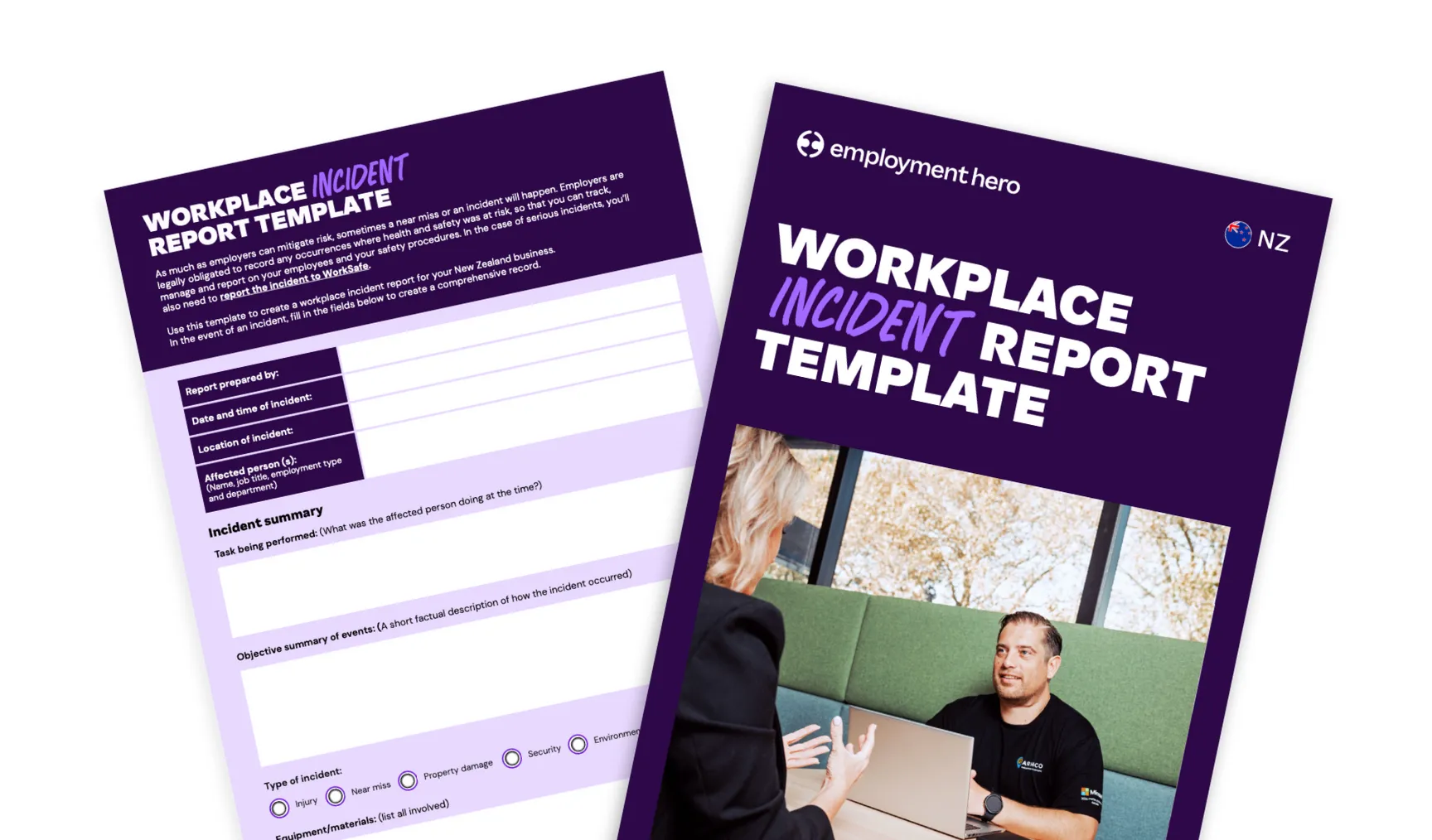Guide: Tackling “brain drain” in New Zealand
Published
Guide: Tackling “brain drain” in New Zealand
Published
1 min read
What happens when a country loses a large number of skilled workers to overseas employment and travels? There’s a word specifically for that – ‘brain drain’.
The loss of skilled workers can cause significant strain on businesses, exacerbating staff shortages and making the war for talent a fierce one. However, it doesn’t have to be that way. In our guide, we discuss the brain drain situation here in New Zealand, and what businesses can do to mitigate its impact.
This guide covers:
✔️ The concept of brain drain and its effects
✔️ New Zealand’s current challenges
✔️ How you can retain your existing employees
✔️ How to bring in new talent
Download the guide now, packed with essential tips to beat brain drain.
Is New Zealand experiencing brain drain?
It certainly seems that way – Stats NZ have reported that we’ve seen negative monthly net migration since March 2021. This is very unusual for New Zealand, since prior to this, arrivals to the country topped departures for almost a decade.
As New Zealanders leave, businesses are reporting significant labour and skills shortages. In fact, these shortages were named the biggest concern in the Mood of the Boardroom report, while grim predictions in the media suggested we could see up to 125,000 Kiwis leave our shores for opportunities overseas.
Why is this happening in NZ?
After several years of operating in a bubble, the borders to New Zealand are now open to everyone. This is a mixed blessing for the country – while the tourism industry is finally going to get the visitors they need to survive, it also means that New Zealanders are taking advantage of these open doors to explore overseas.
For some of those leaving, they may be taking the chance to travel. Others might be in search of new career opportunities or unsatisfied with what is on offer at home. Certainly the rising cost of living could also be a key push factor for many that are moving away.

Brain drain statistics in NZ in 2022
While a definitive trend of brain drain is still in development, 2022 has had a significant loss of skilled workers – both from, and to our shores. Overall net migration descended into negative figures in March 2021 and plummeted further into 2022. In February 2022 alone, 15,983 more people left the country than entered it.
A recent report in March 2022 by BusinessNZ highlighted that New Zealand’s employment is at a record high, while unemployment is at a record low. While that sounds positive, it doesn’t account for the staff that employers are missing. They point out that job ads are 33% higher than before the pandemic and 82% of territorial authorities have vacancies that easily outweigh the labour that is locally available.
In terms of encouraging migrant arrivals to our shores, the tightened Immigration NZ visas that were part of an ‘Immigration Reset’ have made it increasingly challenging for skilled workers to move here, and stay for longer than three years.
It’s been pointed out that in a recent study, TradeMe job ads showed 86% of job listings in 2021 were for an advertised salary of $80,000 or less. For those considering permanent migration to New Zealand, that means that just 14% of vacancies offer enough money to give them a strong chance of residency in the long term.
Calculating the net migration of New Zealand’s workforce
The net migration statistics listed by Stats NZ are an important way to gauge the population growth (or lack thereof), as well as the potential labour market available to businesses.
Number of migrant arrivals
From August 2021 to July 2022, 628,125 migrants have arrived on New Zealand’s shores. This is a significant drop in migrant arrivals in comparison to pre-Covid times. For example, between August 2018 to July 2019, there were 1,532,129 migrants to the country.
Number of migrant departures
In that same time period of August 2021 to July 2022, there was a definitive rise of migrant departures. Stats NZ states that 786,627 people left New Zealand.
In total, this brings the net migration of that same year period to a loss of 158,503 people in the country. This is a trend that doesn’t appear to be stopping anytime soon.

How can Kiwi businesses tackle brain drain?
Businesses have to take a two-way approach – first by focusing on retaining their existing employees, and then by finding new talent. In a tight market, neither of those tasks are easy but with investment and time, businesses can put themselves ahead of both local and international competition.
Our guide goes into further detail on how to achieve this. Much of this is down to building a strong employer value proposition (EVP), making your business a top place to work with a strong culture and competitive benefits. This works both ways by nurturing an engaged team of employees who are less likely to leave, and by attracting skilled talent.
To bring in new employees, businesses need to think boldly. This could involve taking steps to become an accredited employer for skilled migrants, expanding their recruitment or bringing in an applicant tracking system.
Finally, there’s also one avenue that could become increasingly useful as more Kiwis move overseas. With remote work no longer unusual for many of us, businesses should consider if they could hire and employ people in different countries from right here in New Zealand. It could be the key to bypassing the challenges of skills shortages and beating brain drain once and for all.
Our employer of record service, Global Teams, is the perfect partner for international hiring. Find out how Global Teams can help your business make an exciting next step.
Register for the guide.
Related Resources
-
 Read more: Incident report template NZ: free download for businesses
Read more: Incident report template NZ: free download for businessesIncident report template NZ: free download for businesses
Download our free NZ incident report template. Record and report workplace incidents correctly under HSWA and ACC requirements.
-
 Read more: Serious misconduct in New Zealand: What employers must know
Read more: Serious misconduct in New Zealand: What employers must knowSerious misconduct in New Zealand: What employers must know
Learn what serious misconduct means under NZ law, common examples, and how to manage the process legally and fairly. Protect…
-
 Read more: Free business plan template for New Zealand business owners
Read more: Free business plan template for New Zealand business ownersFree business plan template for New Zealand business owners
Published Published Starting and running a business is a journey that needs direction. That’s why a well-crafted business plan is…





















